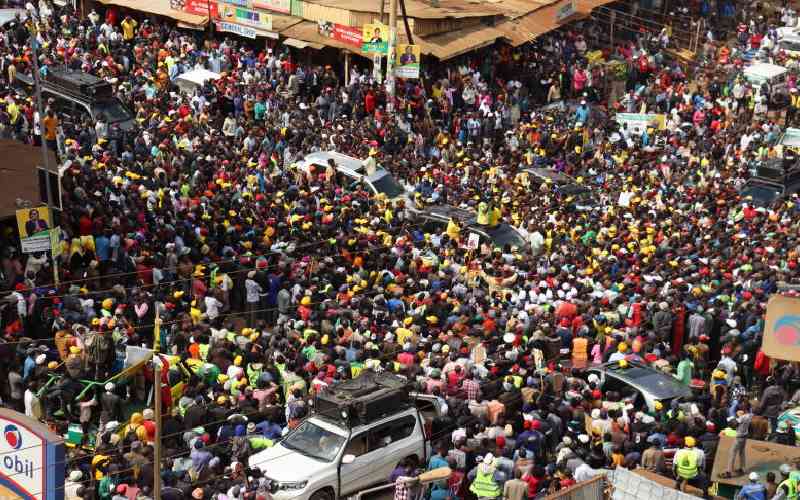×
The Standard e-Paper
Informed Minds Prefer The Standard

Change and transition management involves systematic planning, organising and preparing people and institutions to move from one state to a better newer state.
You replace or modify or alter the existing state/situation without affecting the continuity of business of the institution during the transition.